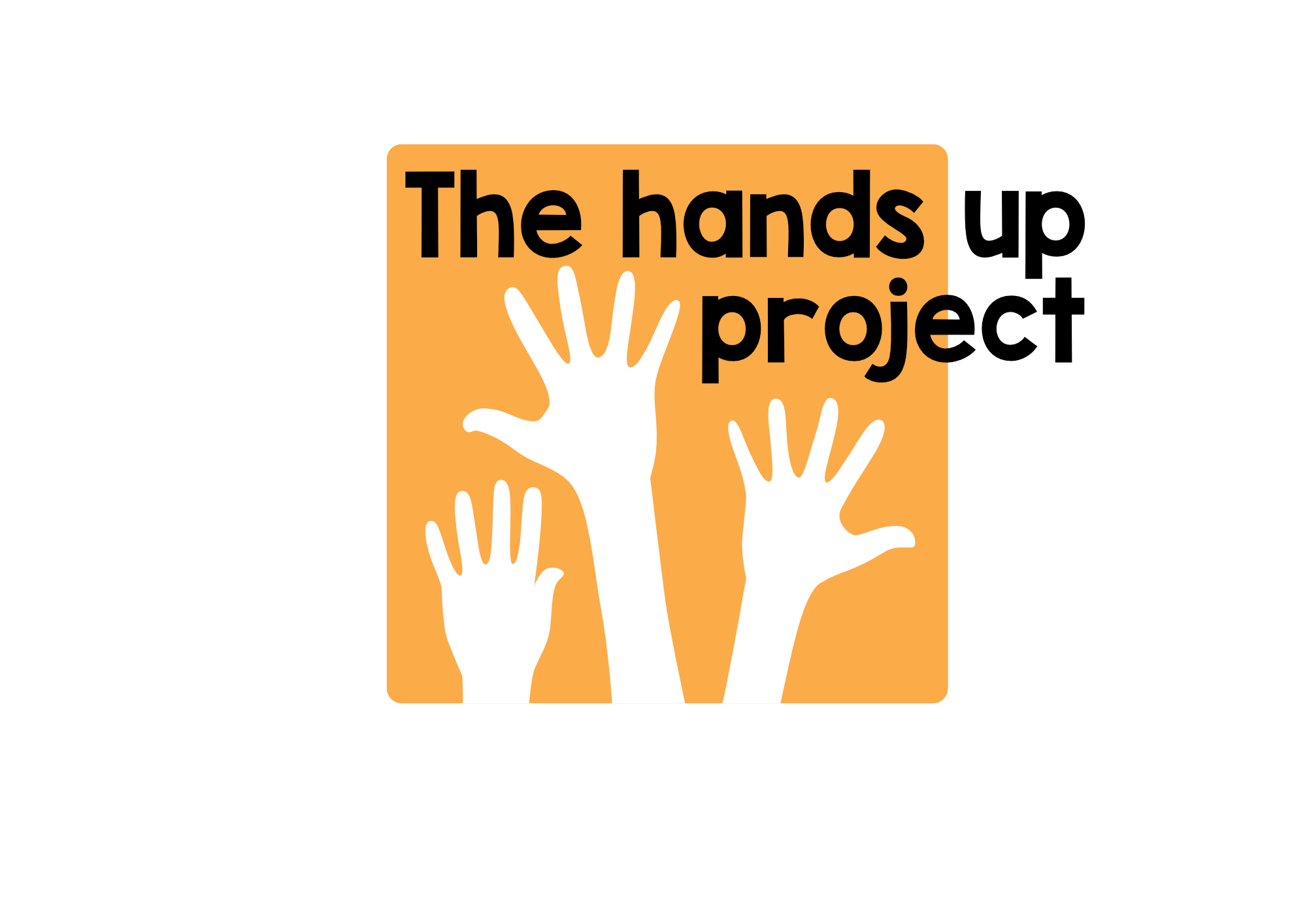Physical Stories
This week I started working with a new group of children in the Azraq camp for Syrian refugees in Jordan. It’s taken a while to set this up and I was really pleased to be finally going ahead because it seems that Azraq so far hasn’t had the publicity or the resources that the Zaatari camp has been given. Unfortunately the internet connection between us was so weak that in the end we had to give up.
I was trying to do a kind of physical story with the children with three students at the front miming with me as I was telling it, but the picture and the sound kept freezing which meant that I couldn’t find out their names and couldn’t really use language to connect with them at all. In fact the brief moments when there was enough internet for them to see my gestures and imitate them, was the only time that I felt there was any kind of communication at all between us.
I’ve always been a big fan of using mime in face-to-face teaching, particularly with young learners at low levels. If we’re teaching English as a means of communication then the use of gestures and other forms of body language by teachers and learners is a useful way to break down constraints on communication brought about by differences in linguistic ability (or also, in this case, problems with technology!) Because of this I think it’s a good activity for building relationships in a new class.
Here’s a video of the same activity with a group of 25 students in Zaatari a few weeks before –incidentally also the first session with the group. After telling the story with three people miming, the students took it in turns to come up to the front and show an action from the story, which I then tried to guess. I had planned to do this with just a few people but it seemed that everyone was really keen to have a go.
The children in the video clearly enjoyed doing the miming a lot, but physicalisation of language isn’t just about fun. Scott Thornbury in The Learning Body puts it like this (Thornbury, 2013 p70) ‘gesture seems to facilitate thinking, and, by extension, learning. We have already seen (with regard to learning verbs of movement) how gesture, by physically embodying cognitive structures, serves in the learning of their associated linguistic representations.’
Gesture is also a powerful aid in helping learners to retrieve those structures later. Research into how actors learn the lines of plays found that they often break the text down into single units of meaning, known as ‘beats’. Using movements and physical gestures which were appropriate to the meaning of each beat at the time of memorization really helped the lines to stick. Interestingly, it was not always necessary to retrieve the movement in order to retrieve the line that it represented. This ‘stickiness’ can last an awfully long time. [Noice and Noice, 2006)
About 25 years ago I spent a brief spell at drama school in Denmark and had to act in plays in Danish. Recently a friend in Denmark sent me the script of a play I’d been in. After such a long time I couldn’t still remember all of my lines of course, but what was interesting was that as I read the script, many images of my fellow actors, and particularly how we had moved when rehearsing came flooding back to me.
My brother, Mike Bilbrough, a teacher of English in Spain, has used the idea of gesture as a retrieval mechanism to great effect, developing a complete approach to language teaching with his Gesture Way. In this video, a class of ten year old Spanish learners of English can be seen recalling an entire story using gestures adapted from sign language.
So over to you! Do you use mime and gesture in your classes? Can the ideas of the physical story work in the classes that you teach?
References
Thornbury, S (2013) The learning body in Arnold, J. and Murphey, T. Meaningful Action; CUP p62-78
Noice, H. and Noice, T. (2006) What studies of actors and acting can tell us about acting and cognitive functioning. http://www.psychologicalscience.org/pdf/cd/actors_memory.pdf
